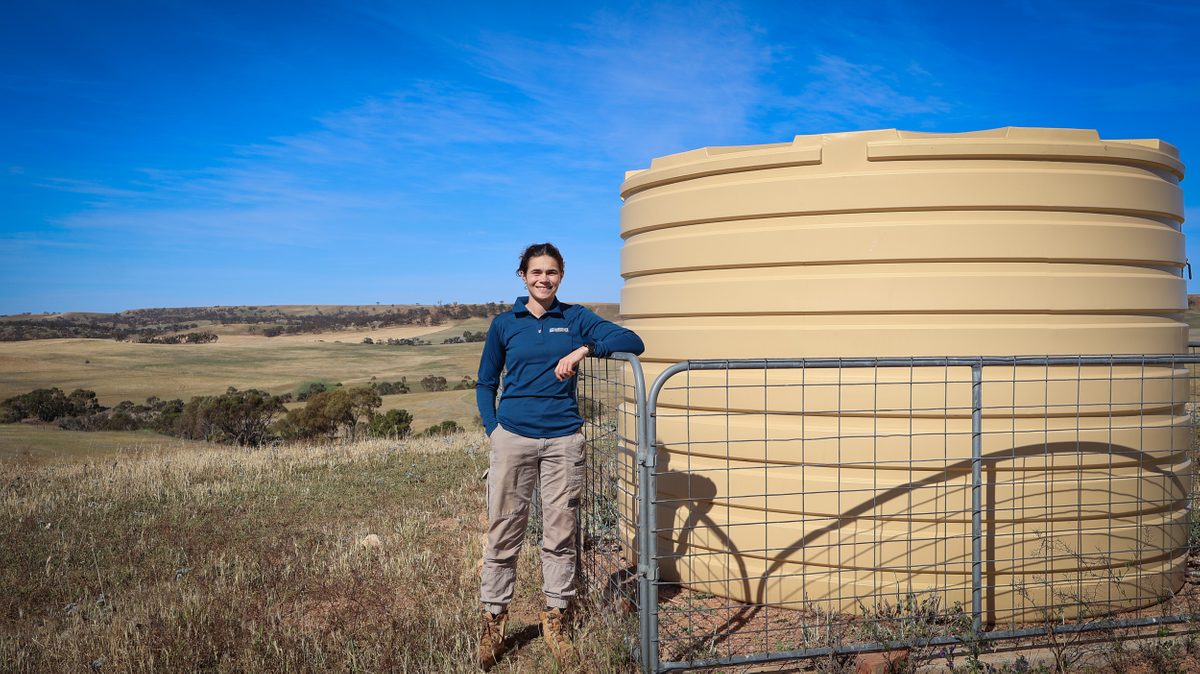Take care of native vegetation when removing stony reefs
Farmers are being warned to take care not to remove valuable native vegetation when clearing stony reefs in their paddocks in order to make cultivation simpler and to unlock land that's previously been regarded as non-arable.
Farmers are being warned to take care not to remove valuable native vegetation when clearing stony reefs in their paddocks in order to make cultivation simpler and to un-lock land that’s previously been regarded as non-arable.
Natural Resources Northern and Yorke Technical and Compliance Support Officer Grant Roberts said land managers may not realise that many non-arable portions of land contain native grasses, lilies, daisies and ferns that may be important and protected native plants.
“Native vegetation plays a vital role in the health and prosperity of South Australia's ecosystems, communities and natural resource-based industries,” Mr Roberts said.
“The Region has lost an estimated 90,715 hectares of vegetation between 1990 and 2015. With less than 40 percent of native vegetation remaining in the Northern and Yorke area, it is important to manage this valuable asset for future generations.”
Natural Resources Northern and Yorke staff have seen a concerning increase in vegetation clearance with the introduction of specialized machinery designed to rip bedrock and crush displaced rocks, ultimately destroying the stony reefs.
Mr Roberts said if landholders wish to clear or remove native vegetation, they need to be aware of the requirements under the Native Vegetation Act 1991. Any proposed removal of stony reefs that will result in native vegetation clearance generally requires an application to the Native Vegetation Council.
“Discussing plans with Natural Resources Northern and Yorke staff will help ensure landholders are aware of any requirements prior to undertaking clearance activities. Staff can also provide advice on alternative actions for managing native vegetation,” Mr Roberts said.
“If a clearance application for native vegetation is made, landholders will need to have the area assessed by an accredited assessor. The result of that assessment will determine the value of the vegetation, and if approval is granted, the size of the offset that is required to compensate for the clearance. An offset could either be a monetary payment or on-ground works.”
Mr Roberts said raising awareness around the benefits of native vegetation might encourage landholders to reconsider the need to clear vegetation and look for alternatives. And he warns if landholders undertake clearance of native species without approval, it is likely to be detected through satellite imagery.
To access the Interactive Guide for Native Vegetation visit www.environment.sa.gov.au/topics/native-vegetation/interactive-guide.
To access the Native Vegetation Regulations 2017, which includes a list of activities permitted outside the clearance controls, visit www.environment.sa.gov.au/topics/native-vegetation/legislation-administration.
For more information, including guidance on managing native vegetation and clearance applications visit www.environment.sa.gov.au/topics/native-vegetation/clearing or contact the Natural Resources Centre in Clare on 8841 3444.


